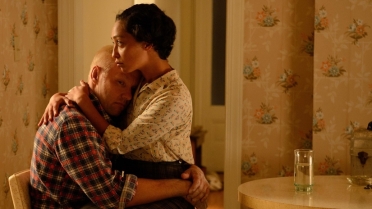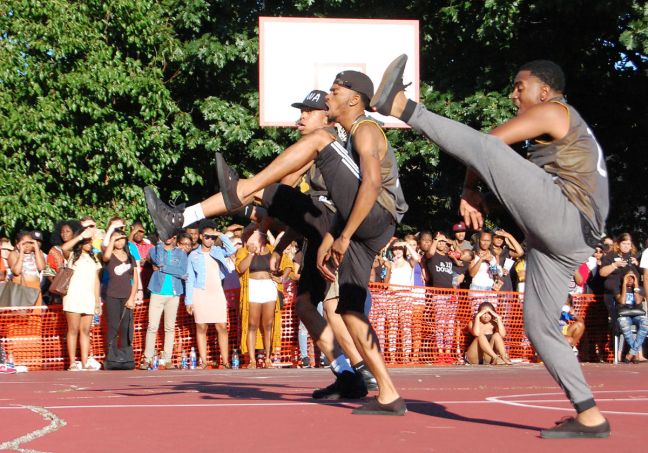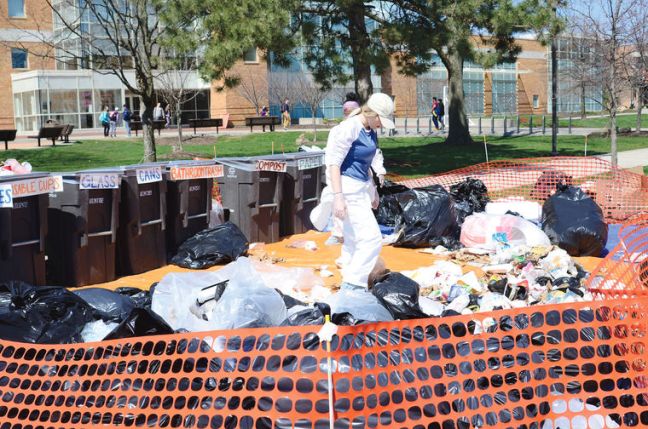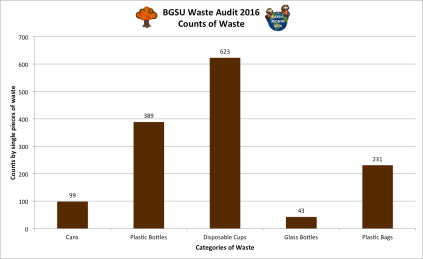The fetishization of people of color in this country has been an issue since before the colonization of the Western world itself. While diversity in the United States is indeed on the rise, the growing political climate has also made white supremacy braver as it infiltrates our executive branch and hate crimes in the U.S. begin to rise.
I am a product of an interracial relationship. My father, for as little as I know about him, was a black and Native American man. My mother is Irish, German and Hungarian with red hair and blue eyes to match. So imagine my surprise, and disgust, when I opened The BG News and read that “interracial couples can make beautiful babies. Interracial relationships have so many benefits, can even be a fun ‘fetish’ for many.”
To avoid getting into semantics, the definition of interracial is actually “of, involving, or designed for members of different races.” The definition itself does not include anything about the interaction of those different races, be it platonic or romantic.
Also, an interracial relationship does not have to involve a white individual to be considered interracial as the column used in its examples. Interracial couples can also involve someone who is Latinx and someone who is Black; or someone who is Asian and someone who is Latinx; or someone who is Black and someone who is Asian.
While it is in the author’s opinion that “interracial relationships have the power to completely end racism,” it is fact that this is not ever going to be the case. Despite popular belief, people who are racist have the capability to be in interracial relationships. Historically, white supremacists have slept with women of color in an attempt to “dilute” the skin color of future U.S. citizens and to “dilute” the people and their culture.
How do white supremacists and racists in interracial relationships have the power “to completely end racism,” when their entire ideology sees black bodies as just a capitalist commodity and want to eliminate those people?
In 2016, there were 60.25 million married couples in the United States. As of 2014, 35 percent of all marriages were interracial and interracial marriage is still projected to rise as the demographics of the United States begin to change. Does this mean that interracial marriage is still the minority? Yes. But that does not mean people aren’t “embracing” interracial dating. In fact, it means quite the opposite.
Of course people are still going to think interracial dating and marriages are “taboo.” In 2016, we saw the case of Loving v. Virginia come to life on the silver screen, the Supreme Court case that legalized interracial marriage in 1968.

As an active member of the BDSM community, I found it to be incredibly racist and offensive to my community that interracial dating could be seen as a “fun fetish.” People of color have been fetishized for decades and to promote this through interracial dating promotes white supremacy. “Race play” is a very real thing in the community which is where participants take on the roles/stereotypes of different races to enact a power dynamic. A common scene is a submissive taking on the role of a slave and the dominant taking the role of a plantation owner; white submissives will go as far as putting themselves in blackface.
I agree interracial relationships are to be celebrated and embraced. Without interracial love, I don’t know who I would be as a person. I am a tri-racial woman because of interracial dating. But please refrain from fetishization when celebrating these relationships.
This column was written in response to “On Interracial Relationships.”
This column was originally published in the independent student publication, The BG News, which can be found here.







